A review of feline infectious peritonitis virus infection: 1963-2008
- PMID: 19254859
- PMCID: PMC7129802
- DOI: 10.1016/j.jfms.2008.09.008
A review of feline infectious peritonitis virus infection: 1963-2008
Figures
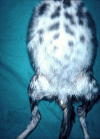

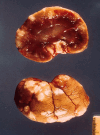



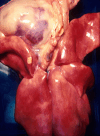


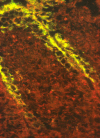
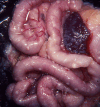


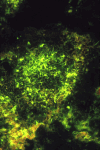




References
-
- Holzworth J.E. Some important disorders of cats, Cornell Vet 53, 1963, 157–160. - PubMed
-
- Feldman B.F., Jortner B.S. Clinico-pathology conference, J Am Vet Med Assoc 144, 1965, 1409–1411. - PubMed
-
- Wolfe L.G., Griesemer R.A. Feline infectious peritonitis, Pathol Vet 3, 1966, 255–270. - PubMed
-
- Zook B.C., King N.W., Robinson R.L., McCombs H.L. Ultrastructural evidence for the viral etiology of feline infectious peritonitis, Pathol Vet 5, 1968, 91–95.
Publication types
MeSH terms
Substances
LinkOut - more resources
Full Text Sources
Other Literature Sources

